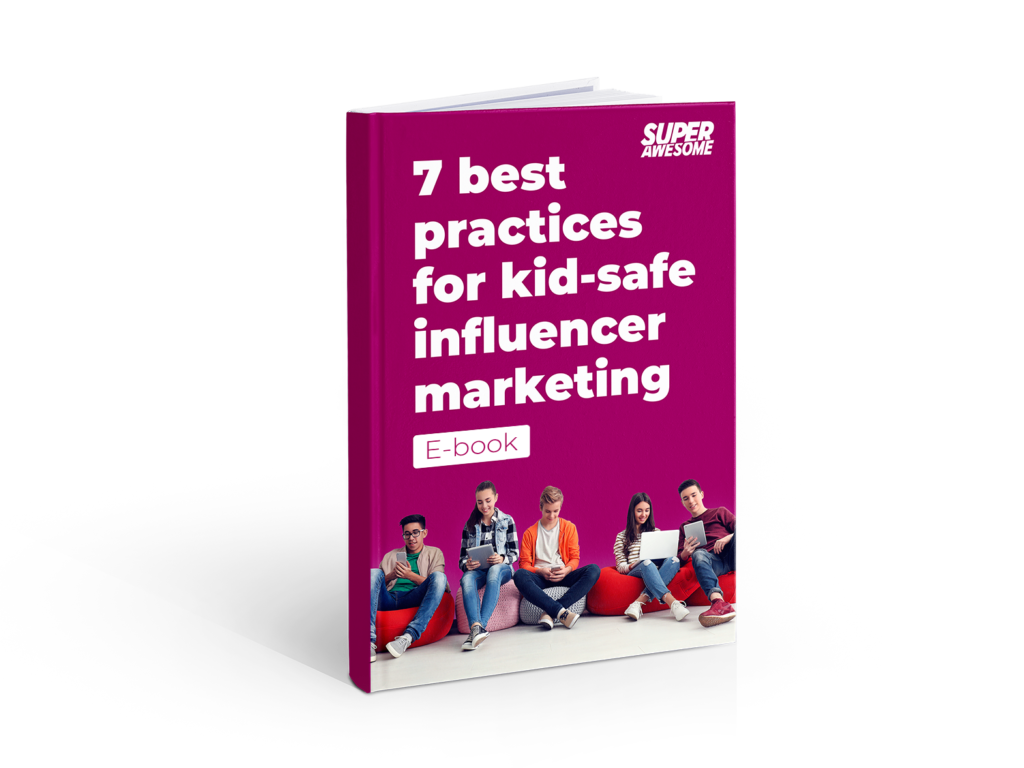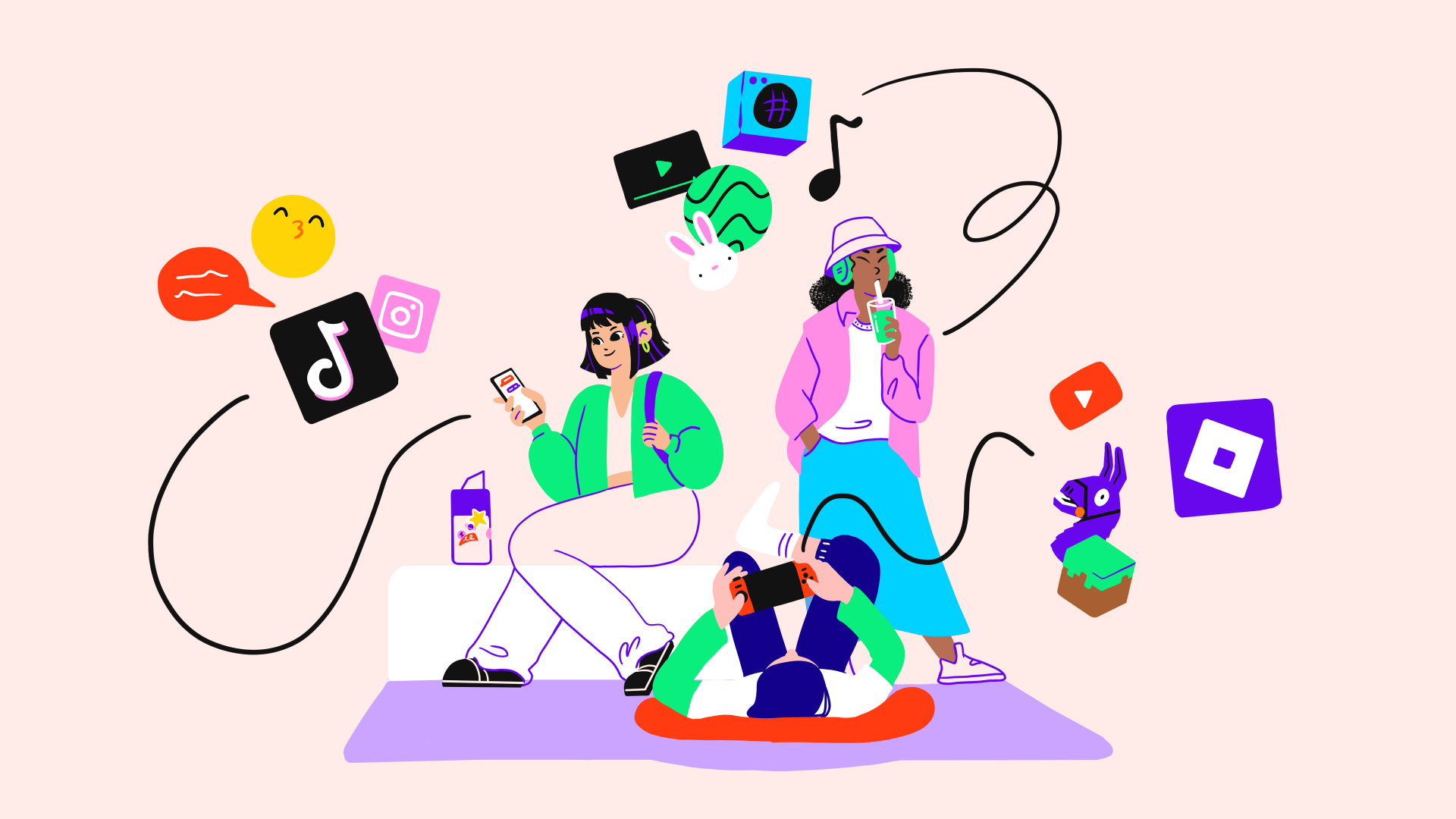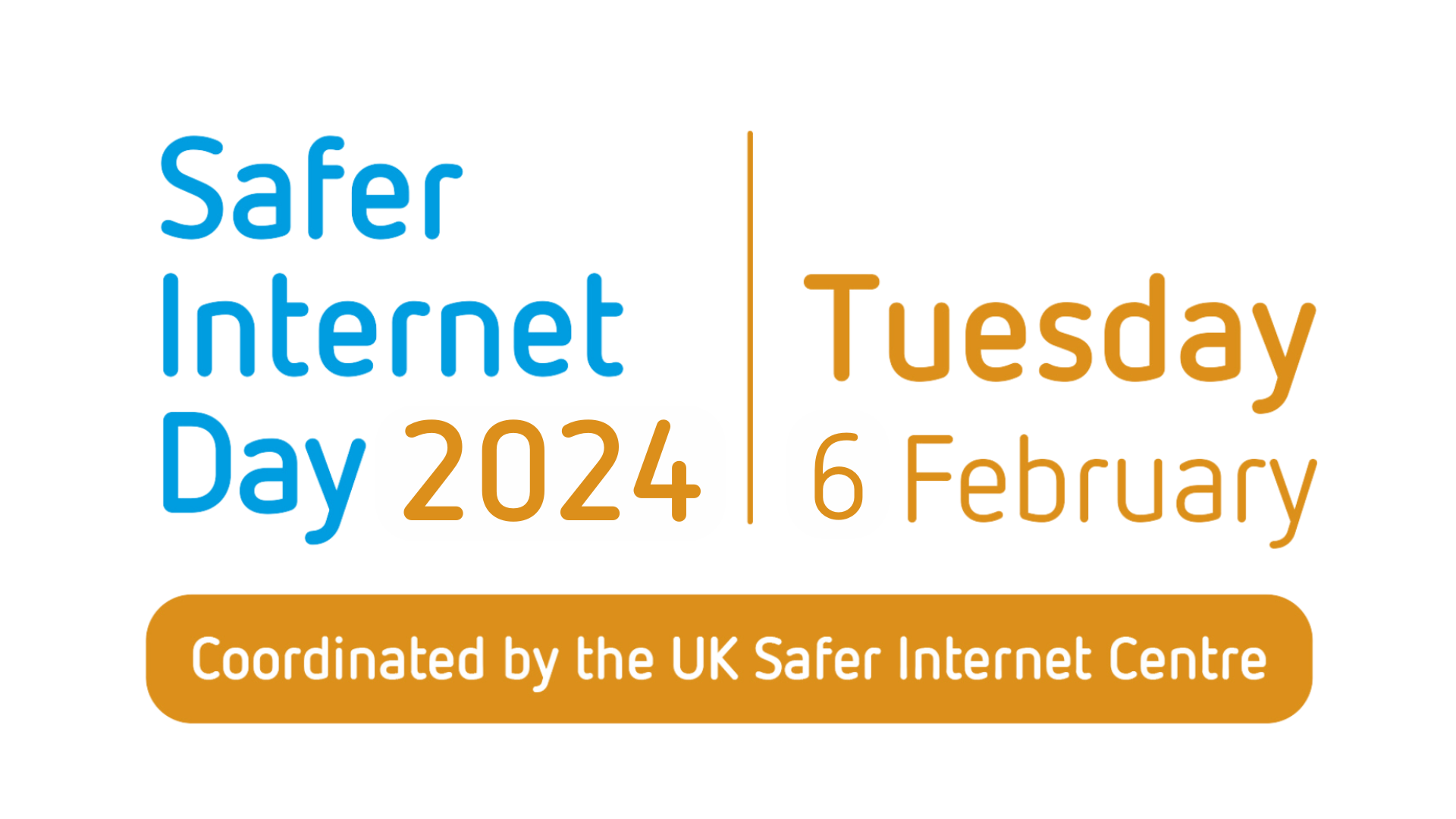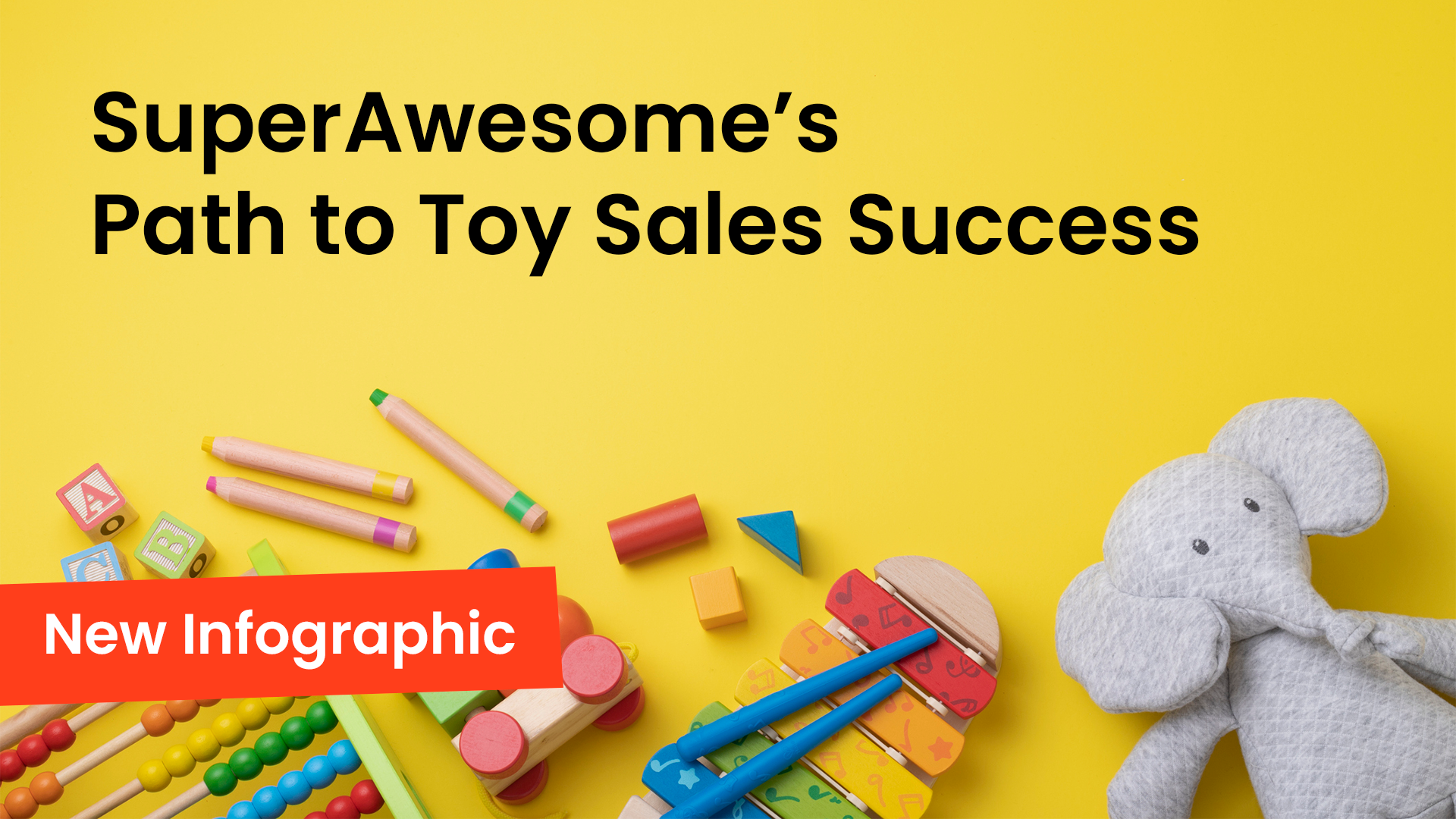This year, with screen time at an all-time high for kids and Young Teens (due to Covid-19), brands will continue to rely on influencers to get the word out about their products. In fact, influencer content appears within 56% of the top 10 YouTube content themes* watched by kids.
But online creator trends are constantly evolving, so it is important to keep your finger on the pulse. In 2021, we expect to see changes in everything from partnership styles to the content itself. Keep reading to learn more about the biggest influencer trends we anticipate this year, as well as how to apply them to your youth digital engagement strategy.
2021’s biggest youth influencer marketing trends
TikTok and Instagram Reels continue to dominate
TikTok exploded in popularity last year, with the launch of Instagram Reels following in late 2020. We expect to continue to see an increase in the use of both of the popular platforms throughout 2021.
With plenty of fun effects, filters, songs, and more making for easy in-app editing, much of the Instagram Reels content we’ve seen mirrors the style of content posted on TikTok. This snappy content, often focused around a trending sound clip or a funny dance, has been the perfect way to stay entertained for many—kids and Young Teens included—throughout the months of increased time spent indoors.
Gaming influencers are universally popular with kids and Young Teens
Likely a result of more time spent at home, gaming is becoming an increasingly important activity for kids of all ages, genders, and demographics. What may have traditionally been seen as an activity reserved for teenage boys is now universally captivating kids and Young Teens.
As a result of this trend, we’re seeing gamers rise in popularity as influencers, stretching into markets that might have seemed unlikely in the past and breaking stereotypes. Clare Siobhan, a YouTuber with 1.8 million followers who creates content for teenagers and young adults, confirms that stereotypes are much less prevalent these days, although not completely gone:
“Something I hear much more often is negativity around the games that women choose to play or have a stereotype for choosing to play—namely mobile games or ‘softer’ games like life simulators, etc. This has been used to attack women for not being ‘real gamers’. Again, I think it’s both an untrue stereotype for many women, but also a stupid thing to attack people for. A gamer is simply someone who chooses to play a video game, no matter what kind of game or format, and in 2021 that’s almost all demographics.”
Due to this popularity, brands outside of the gaming space are beginning to collaborate with gamers. Clare mentions working with brands across all verticals, from fashion brands to tech brands and beyond:
“I’ve worked with such a huge range of brands over the past few years that I definitely don’t feel stereotyped at all. As I mentioned, gaming is so mainstream that the audiences we pull in on gaming channels will obviously be audiences for so many other activities, too. I’ve worked with fashion brands, jewellery brands, makeup brands, tech brands, and more. Having a passionate, female-focused audience is exactly where I want my channel to be, and I’m also careful about only working with brands that match their interests and my values.”
Long-term partnerships built on mutual values creates trust
As seen in the adult influencer marketing space, and mirrored in the kids’ and Young Teens space, we predict that brands will continue to work with influencers for long-term partnerships instead of one-off campaigns. This is because brands want to partner with influencers who have similar values and passions. Likewise, kids and Young Teens want to know whether the creators they love are working with brands they are genuinely interested in.
Long-term partnerships show creators’ genuine brand affinity and establish brand trust with creators’ audiences. For example, influencers who care about the environment will need to partner with brands who have sustainable practices. This is especially important for the 13+ audience, as they question influencers’ intent and authenticity.
We predict that brands will become more focused on finding influencers that share mutual values. And, with an influx of new brands taking up space on social media, brands will need to convince influencers of the same.
3 ways to get ahead in 2021
- Consider Instagram Reels as an alternative or addition to branded content on TikTok.
- Don’t overlook gaming influencers, even if your product is not related to gaming worlds. Gaming influencers’ audiences are mainstream and wide-reaching.
- Consider long-term partnerships with influencers who align with your brand values. If an influencer repeatedly showcases your product, their audience will be much more inclined to learn more about your brand.
Influencers are a critical part of any youth digital engagement strategy. Make sure that you have the tools to make your campaigns kid-safe. Download our e-book, 7 Best Practices for Kid-Safe Influencer Marketing, to learn more.
Download now: 7 Best Practices for Kid-Safe Influencer Marketing

*Source: The Insight’s People Kids Data Portal, What types of videos do you watch on YouTube, US kids, ages 9-12 (September 1— December 31, 2020)






